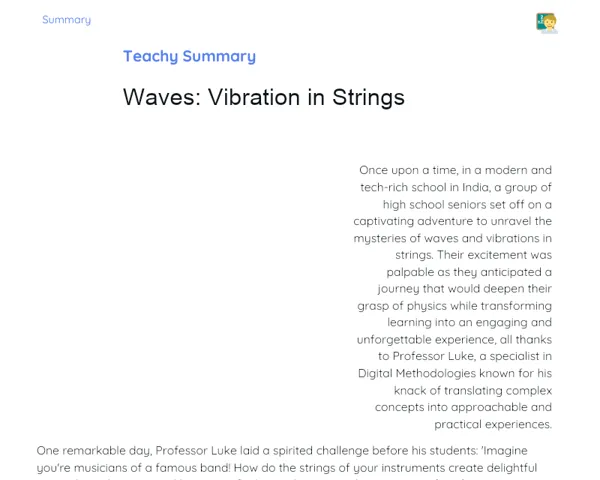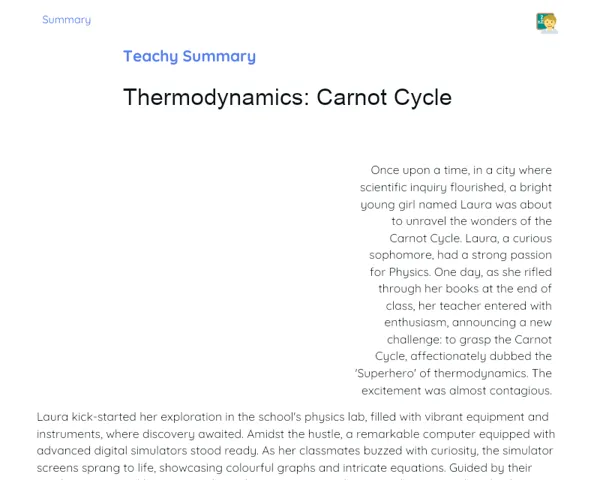Objectives
1. 🌟 Grasp the concept of the photoelectric effect, a phenomenon that questions traditional physics ideas and introduces key quantum principles.
2. 🔬 Learn how the interaction between light photons and electrons in certain materials leads to the emission of electrons, which is foundational for technologies like solar panels and light sensors.
3. 🛠️ Apply the principles of the photoelectric effect to calculate the kinetic energy of emitted electrons and comprehend how this energy hinges on the frequency of the incoming light.
Contextualization
Did you know that the photoelectric effect, explained by Albert Einstein in 1905, was one of the cornerstones that laid the groundwork for quantum theory? This revelation not only challenged classical laws of physics but also ushered in a wave of technologies reliant on photons and electrons. Today, it plays a significant role in innovations like solar panels, where the efficiency in converting solar energy into electrical energy is closely linked to the practical application of the laws of the photoelectric effect.
Important Topics
Electron Emission by Photons
This vital phenomenon, discovered in the early 20th century, shows that when light photons strike a surface, they can impart their energy to electrons within the material. If this energy surpasses the material's work function, the electrons are released. This is the essence of the photoelectric effect and is critical for comprehending how light can 'produce' electricity in technologies like solar panels.
-
It is directly influenced by the frequency of the incoming light: the higher the frequency, the more energy the photon carries, and thus, the greater the likelihood of electron emission.
-
The type of material is key, as different materials exhibit varied work functions, significantly impacting the emission efficiency.
-
This electron emission is not instantaneous; there is a brief delay known as response time, which differs from one material to another.
Laws of the Photoelectric Effect
The laws developed by Albert Einstein connect the kinetic energy of the emitted electrons to the energy of the incoming photons and the material's work function. These laws are represented in equations that facilitate the accurate calculation of electron kinetic energy and elucidate its variation with the frequency of the incoming light.
-
The kinetic energy (KE) of the electrons is formulated as KE = E(photon) - Φ, where Φ represents the work function.
-
This relationship clarifies why below a certain frequency (which varies by material), there is no electron emission, regardless of light intensity.
-
It paves the way for technologies that necessitate precision in photon manipulation, like lasers and imaging devices.
Technological Applications
The photoelectric effect is not merely a theoretical concept but forms the basis of numerous technological applications. From light sensors in digital cameras to solar panels and security devices, a solid understanding of this effect allows for the design and enhancement of devices that convert light into electricity or measure light accurately.
-
Solar panels: Convert sunlight into electricity, crucial for renewable energy efforts.
-
Light sensors: Employed in various electronic gadgets to automatically adjust screen brightness or activate in response to ambient light.
-
Lasers: Function based on the stimulated emission of photons, a principle directly linked to the photoelectric effect.
Key Terms
-
Photoelectric Effect: A phenomenon where electrons are emitted from a material when light photons strike its surface, vital for understanding the interaction between light and matter.
-
Photon: The smallest unit of light energy, carrying the least amount of energy necessary to liberate an electron from a material.
-
Work Function: The minimum energy needed to free an electron from a material, a critical parameter in studying the photoelectric effect.
For Reflection
-
How can insights from the photoelectric effect advance the development of more energy-efficient technologies?
-
Why is it crucial to consider both the intensity and frequency of the incoming light when crafting devices based on the photoelectric effect?
-
In which ways does exploring the photoelectric effect challenge our perceptions of classical physics and pave the way for quantum physics?
Important Conclusions
-
The photoelectric effect, uncovered by Albert Einstein, is one of the foundational theories of quantum physics and essential for grasping how light interacts with matter, impacting technologies like solar cells and light sensors.
-
The laws of the photoelectric effect, connecting the kinetic energy of electrons to the energy of incoming photons and the material's work function, enable the creation of more efficient and precise technologies.
-
Comprehending this phenomenon not only questions classical laws of physics but also opens avenues for innovations that have a direct influence on our daily lives, particularly in clean energy generation and advanced electronic devices.
To Exercise Knowledge
Conduct a simple home experiment: using a different color LED, a battery, and a metal plate, try to see if different colors of light produce electron emission from the metal. Record your observations and discuss your findings with family or friends online.
Challenge
Solar Cell Engineer Challenge: Design and create a small solar cell model using recyclable materials at home. Test your model under various lighting conditions and see how you can optimize the energy your solar cell can generate!
Study Tips
-
Watch documentaries or educational videos about the photoelectric effect and its technological uses to visualize how theoretical concepts are applied in real-world technologies.
-
Join online forums or study groups to talk about the photoelectric effect and its implications with fellow students and physics enthusiasts.
-
Practice explaining the photoelectric effect and its practical applications to a friend or family member. Teaching others is an excellent way to solidify your own understanding of the subject.



